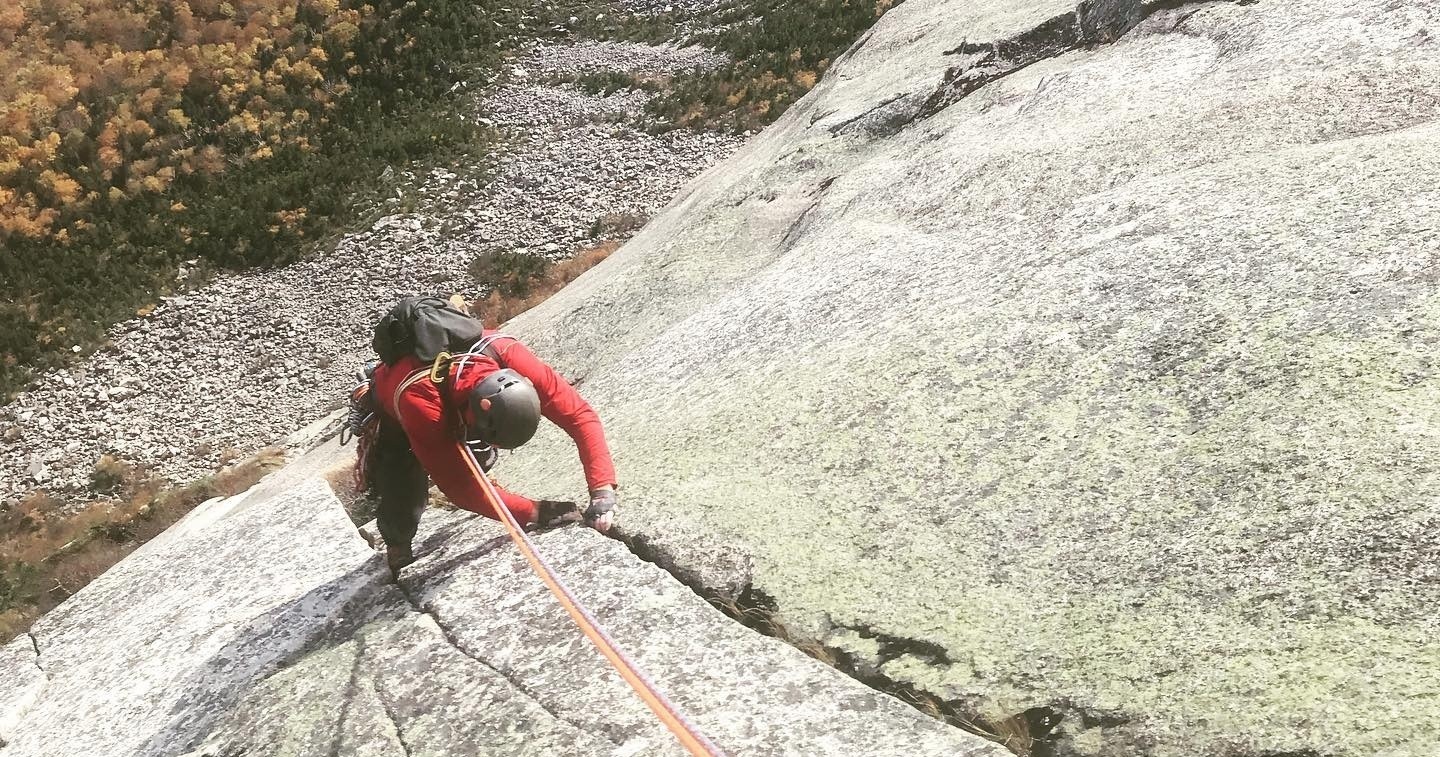Traversing the White Mountains: The Ultimate Hut-to-Hut Adventure
The White Mountains Hut-to-Hut Adventure offers a hands-on wilderness experience across New Hampshire's most challenging ridges. This guide covers practical essentials, trail logistics, and sensory details to help hikers of all levels plan a multi-day trip that balances effort, comfort, and breathtaking views.
Trail Tips
Pack a reliable water filter
Streams and springs are frequent along the route but always filter or treat water to avoid contamination.
Layer smart for sudden weather shifts
Bring moisture-wicking base layers and insulated jackets, as temperatures can swing dramatically, even in summer.
Break in your hiking boots before the trek
Rocky, uneven terrain requires sturdy, well-fitted boots to prevent blisters and support ankles.
Start early each day
Give yourself maximum daylight for tricky descents and potential weather changes on exposed ridgelines.
Traversing the White Mountains: The Ultimate Hut-to-Hut Adventure
Embark on the White Mountains Hut-to-Hut Adventure, a rugged and rewarding trek that threads through some of New England’s wildest terrain. This trail network links a series of rustic huts scattered across the Presidential Range, inviting hikers to engage with the landscape on its own terms — from the shade-draped forests where branches lean in like quiet sentinels, to rocky ridgelines that challenge your footing and demand steady focus. Each day covers roughly 8 to 12 miles with elevation gains between 2,000 to 3,500 feet, so be prepared for steady climbs and swift descents where roots and rocks intertwine beneath your boots.
The huts themselves serve as weatherproof refuges, offering rest, resupply, and camaraderie. They’re equipped with bunk rooms and often heated, providing a blend of wilderness immersion and comfort. Hydration points appear reliably through streams and springs that cut across the terrain as if daring you to keep pace. Water treatment is a must, as currents push forward with mountain snowmelt and spring runoff.
Begin your journey in Crawford Notch State Park near the town of North Conway, a practical launch point with ample lodging and outdoor resource centers. Navigation skills come into play; trail markers are clear but complex junctions test your map-reading, especially in fog or rainy weather. Daylight hours shape your rhythm—start early to avoid afternoon winds atop exposed ridges.
Footwear with solid traction is critical, as alpine terrain shifts quickly between dirt, stone, and slippery moss. Layering remains your best strategy; mountain weather fluctuates rapidly, swinging between sunlit warmth and sudden flakes even in late summer. Venturing in mid-July through early October captures optimal conditions, balancing trail accessibility with scenic foliage and lower insect activity.
The physical challenge should not be underestimated. This adventure demands steady cardiovascular endurance and a readiness to adapt to rugged paths that seem fiercely themselves. Respecting the wilderness means packing out all trash, preserving fragile alpine vegetation, and minimizing campfire impact.
Ultimately, the White Mountains Hut-to-Hut is not a race but a measured negotiation with place—a chance to engage deeply, move steadily, and sleep soundly under a wooden roof after the mountain has tested you. For those who pursue it, the rewards are panoramic views unfolding like a discovery, moments when the forest exhales softly, and a trail that will push you but also pull you back again.
Recommended Gear
Water filtration system
Ensures safe drinking water from natural sources along the trail.
null specific
Hiking boots with ankle support
Protects feet on rocky, uneven terrain and provides stability on steep ascents and descents.
null specific
Layered clothing system
Allows for quick adjustments to rapidly changing temperatures and weather.
null specific
Headlamp with extra batteries
Vital for early starts, late arrivals to huts, and emergencies.
null specific
Frequently Asked Questions
How difficult is the White Mountains Hut-to-Hut trek?
The trek is considered challenging due to the consistent elevation changes, rough terrain, and weather variability. Hikers should be in good physical condition and have some backcountry experience.
Do I need reservations for the huts?
Yes, the huts operated by the Appalachian Mountain Club require reservations, especially during peak seasons, as they have limited capacity.
What is the best time of year to attempt this hike?
Late summer through early fall (July to early October) offers the best balance of stable weather, open trails, and fewer insects.
Are trail maps and navigation aids available on-site?
Trail markers are posted, but reliable maps and GPS devices are strongly recommended due to complex junctions and occasional poor visibility.
What wildlife might I encounter?
Expect to see moose, black bears, various bird species, and occasionally peregrine falcons near rocky crags.
Is the trail suitable for beginners?
While adventurous beginners with proper preparation can attempt sections, the full hut-to-hut route demands stamina, navigation skills, and readiness for backcountry conditions.
Nearby Experts

Private Guided Rock Climbing
Discover the thrill of climbing with a private guide in Bartlett, New Hampshire. Perfect for all skill levels, this personalized experience combines expert instruction with breathtaking mountain scenery. Keep reading to learn more about this unforgettable outdoor...

Jasper Murdock's Tour (2-7 Riders)
Discover the beauty of Vermont on the Jasper Murdock's Tour, a guided bike experience through scenic landscapes and local breweries. Perfect for small groups, this adventure blends outdoor fun with Vermont’s craft beer...
Local Insights
Hidden Gems
- "The rarely visited Gulfside Trail affords intimate views of the alpine zone without the crowds."
- "Crawford Notch’s mad river cascades offer peaceful, lesser-known swimming spots."
- "Owl’s Head overlooks provide quiet solitude compared to busy summits."
Wildlife
- "Black bears are common—keep food sealed and stored properly."
- "Moose thrive in lower elevations, often seen grazing at dawn or dusk."
- "The area supports diverse birdlife, including jays and warblers."
History
"These mountains were a key corridor for indigenous peoples and later early American settlers. The Appalachian Mountain Club, which maintains the huts, has stewarded this region since the early 20th century."